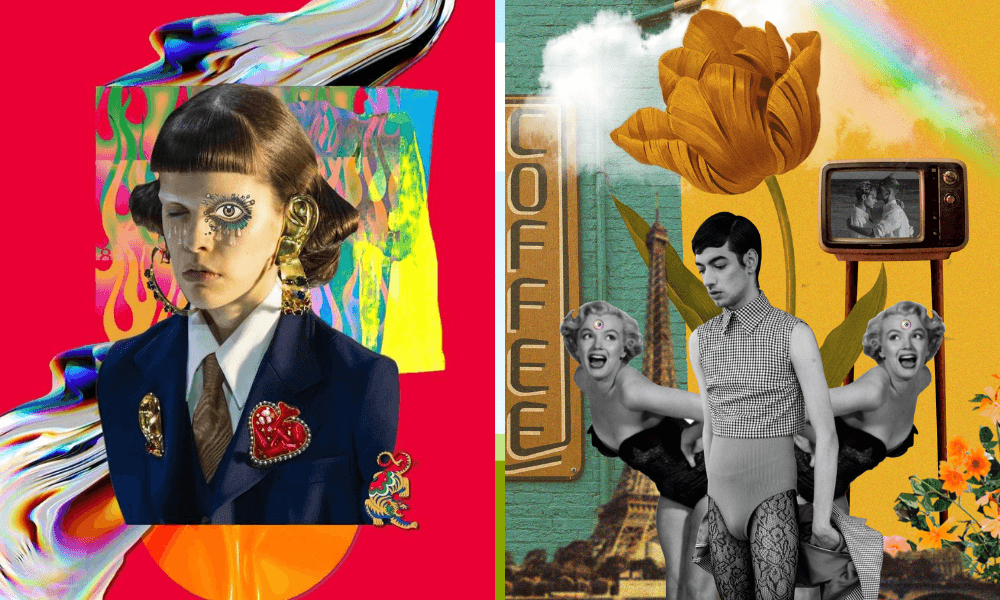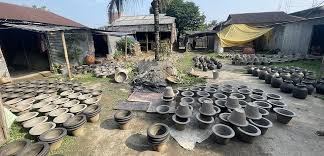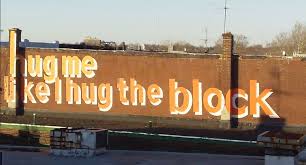
Menu

Tucked away in the cultural heart of Jalpaiguri, West Bengal, lies a powerful and mystic art form known as Masan Art—a unique expression of the Rajbanshi community’s spiritual beliefs and traditions. Deeply rooted in the rituals and folklore of this indigenous group, Masan Art is not just a form of visual storytelling; it is a sacred practice believed to protect individuals from evil spirits, diseases, and bad omens.
At the center of this tradition is the figure of Masan Thakur, a local deity associated with the cremation ground (masan), who is both feared and revered. The paintings often depict this deity in bold, striking forms using symbolic gestures known as “mudras.” Each mudra represents a specific spiritual power—ranging from healing and protection to purification and guidance.
Traditionally created on cloth or handmade paper, Masan paintings use natural pigments derived from soil, plants, and ashes. The colors are earthy—mainly black, red, yellow, and white—each representing cosmic and spiritual elements. Unlike mainstream decorative art, Masan Art has always served a purpose: to heal, to ward off misfortune, and to connect the physical world with the spirit realm.
Unfortunately, this rich cultural heritage has been on the verge of extinction. But thanks to the efforts of folk artist Nihar Majumdar and a few cultural organizations, Masan Art has started gaining attention again. Exhibitions, workshops, and documentation efforts are helping revive this powerful tradition, offering younger generations a chance to connect with their roots.
Masan Art is more than an aesthetic; it is a living ritual, a cultural memory, and a protective shield in paint. As interest in indigenous arts grows, Masan painting stands as a compelling symbol of Jalpaiguri’s untold stories and spiritual depth.



